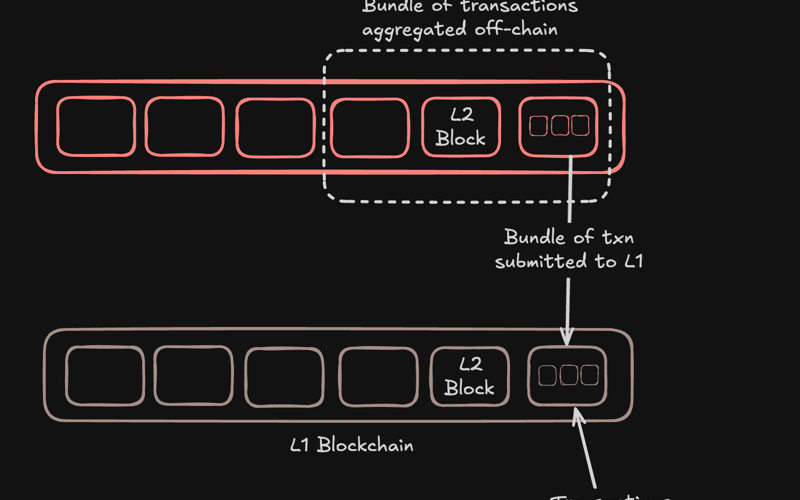Ethereum’s scalability issues have hindered its mass adoption. As demand for fast transactions grows, Layer 2 solutions like rollups are stepping in to fill the gap, effectively addressing the blockchain trilemma of scalability, security, and decentralization.
Rollups: The Key to Solving the Trilemma
Scalability, security, and decentralization often clash in blockchain. Enter rollups! By processing transactions off-chain with on-chain verification, rollups ease congestion on Ethereum, delivering a fast and secure user experience without sacrificing decentralization.
The Rollup Showdown: zk-Rollups vs. Optimistic Rollups
Two titans are leading the charge in Layer 2 solutions: Optimistic Rollups and Zero-Knowledge Rollups (ZK-Rollups). While both promise to revolutionize transaction handling, their approaches couldn’t be more different.
What Are Optimistic Rollups?
Imagine a world where every transaction is presumed valid unless proven otherwise — that’s the essence of Optimistic Rollups (ORUs). By processing transactions off-chain and only submitting summaries to Layer 1 (Ethereum), ORUs significantly reduce congestion.
– Key Features:
Trust Assumption: Transactions are innocent until proven
guilty.
Challenge Period: A safety net allowing users to flag invalid
transactions.
Finalization: After the challenge period, the state is
finalized on-chain.
While this model offers cheaper and faster transactions, it relies on active participation from users to ensure security.
Zero-Knowledge Rollups: Cryptographic Certainty
In contrast, ZK-Rollups operate under the mantra of “prove everything before it’s accepted.” Instead of relying on a challenge period, ZK-Rollups use cryptographic zero-knowledge proofs (zk-proofs) to verify transaction validity upfront.
– Key Features:
Instant Finality: No waiting period for transaction
confirmation.
Efficiency: zk-proofs reduce on-chain data requirements,
leading to lower gas fees.
Security: Only valid transactions make it to the main chain,
backed by cryptographic proof.
Key Differences: The Showdown
Which One Wins?
The answer depends on your needs. Optimistic Rollups shine in environments where disputes are rare and trust can be assumed. They’re simpler but rely on the challenge period for security. ZK-Rollups, on the other hand, are faster, more secure, and offer the ultimate cryptographic guarantees. However, zk-proof generation can be computationally expensive, potentially limiting immediate adoption.
Real-World Use Cases
- Optimistic Rollups: Check out Arbitrum and Optimism, both providing faster, cheaper Ethereum transactions without compromising security too much.
- ZK-Rollups: Solutions like zkSync and StarkWare are leading the charge, offering lightning-fast transactions and lower gas fees with state-of-the-art cryptographic proofs.
The Future of Ethereum Scaling
With Ethereum moving to Layer 2 for scalability, the rollup wars are just beginning. Will Optimistic Rollups dominate by keeping things simple and assuming trust? Or will ZK-Rollups take over with their cutting-edge cryptographic precision? One thing is clear — Layer 2 solutions are key to Ethereum’s future.
Join the Conversation!
As the rollup wars unfold, how do you see the future of Ethereum scaling? Share your thoughts in the comments below! Thank you for reading, and don’t forget to share this article with others interested in blockchain innovations.
Source link
lol



